I recently visited the Döberitzer Heath, a twenty-square-mile nature reserve on a former military training ground outside of Berlin. Like many military bases, it served as an unintended nature reserve for many decades before decommissioning because manoeuvres don’t disturb the ecosystem all that much – you need a lot of empty space for firing weapons – and the land was strictly off-limits to visitors and every other possible use. (Click to enlarge)
You don’t hear a lot about heaths in the U.S., partly because they’re not very common there and partly because the term is to some extent synonymous with shrubland and scrub, terms which show up more often in the U.S.. Heaths are open areas with low shrubs, few trees, and acidic, infertile soils, none of which sound like good things, but in fact they are rich, diverse and important ecosystems, infertile soil being, incidentally, typical of some of the world’s most biodiverse habitats, such as tropical rainforests. Often it’s a sign that the climate and rainfall are encouraging the rapid decomposition of dead plant and animal matter and its rapid consumption by plant roots, with the result that the nutrients end up more in the flora, and fauna that consumes the flora, and less in the soil.
There were near-swarms of butterflies. On the top row is a Mourning Cloak, also known as Camberwell Beauty, and a swallowtail, although there are more than 500 species of swallowtail (not in the reserve). I hope to soon get further identifications.
The reserve has a few important and uncommon horse and cattle breeds that are particularly good for maintaining heath ecosystems due to their grazing and other behavioral habits which resemble those of now-extinct species that originally lived on heaths, grasslands and other open habitats until humans took over, one or two thousand years ago. Below are konik, a semi-feral horse from Poland which was bred to have similarities to the tarpan, a true wild horse species that went extinct in 1909.
These are probably European bison (below). I don’t know what else they could be unless they’re an obscure subspecies or breed of bison. The reserve also has Galloway and Heck cattle, the latter somewhat renowned as an attempt in Germany in the 1920s and 30s to develop a breed resembling the very renowned wild ancestor of today’s cattle called the aurochs, which went extinct in 1627.
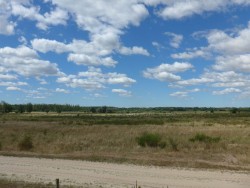
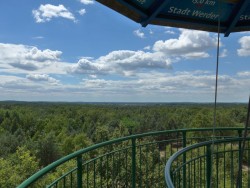
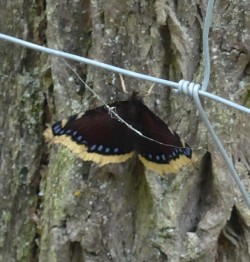
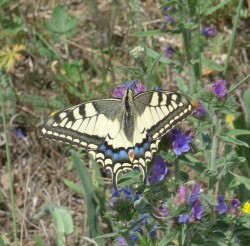
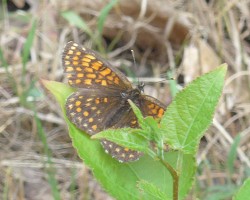
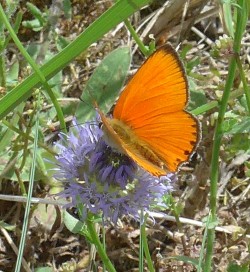
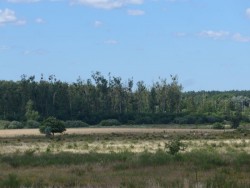
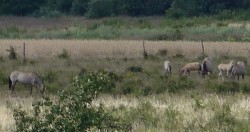
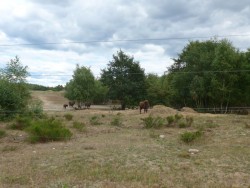
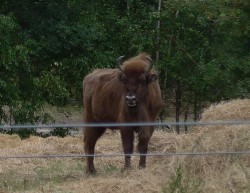
Very interesting. like nothing around these parts